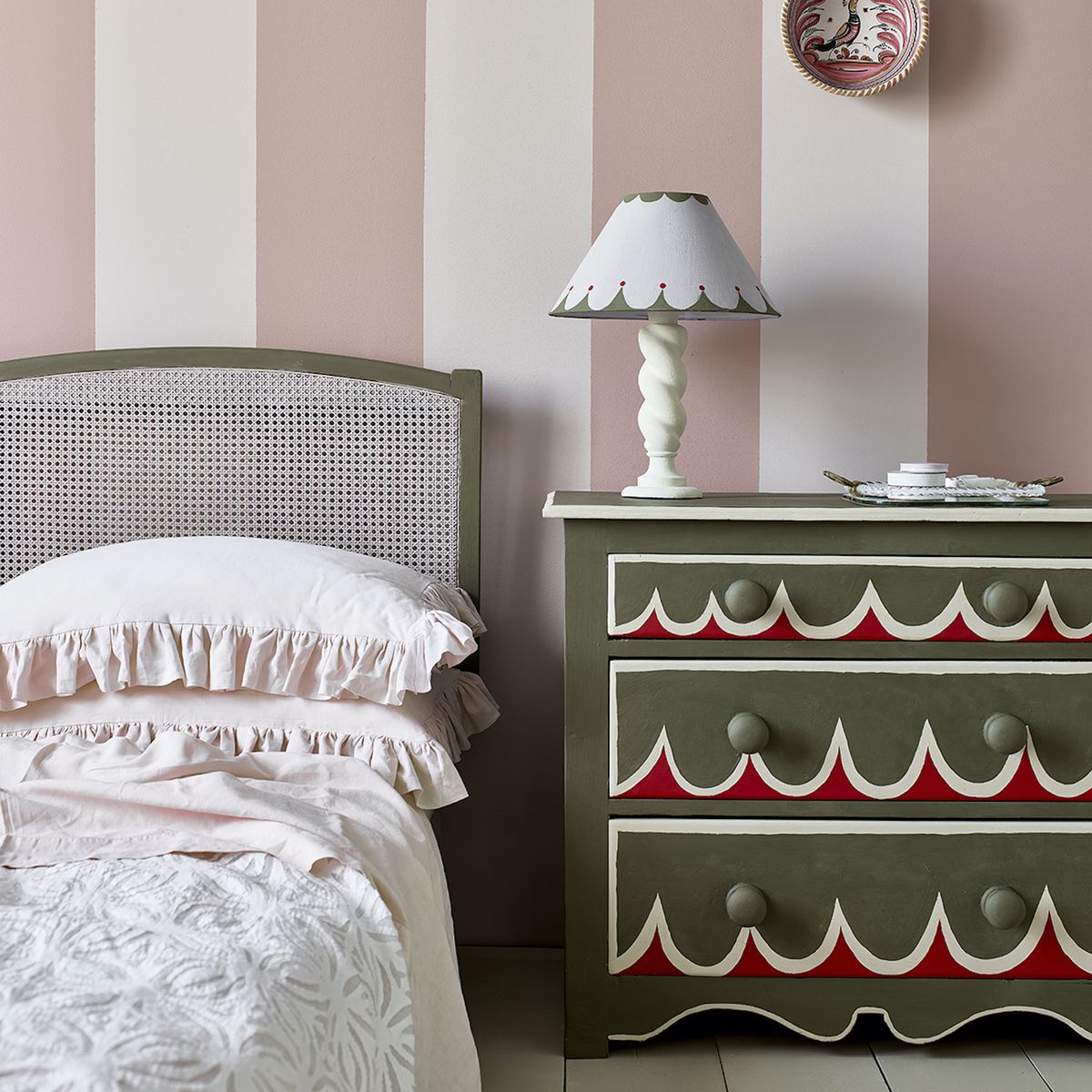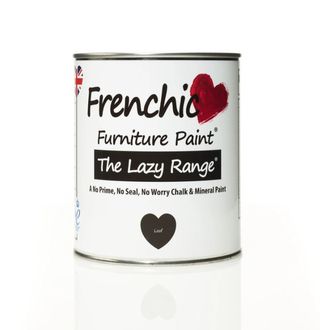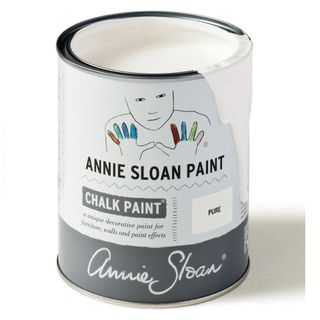
When embarking on DIY painting projects, selecting the right type of paint is crucial for achieving a successful finish. Factors such as the surface material, paint type, desired finish, and application methods need to be carefully considered. This guide synthesizes essential information to help you make informed choices for your painting endeavors.
Understanding Paint Types

Water-Based vs. Oil-Based Paints
The two primary categories of paint are water-based and oil-based. Water-based paints, also known as acrylics, are increasingly preferred due to their quick drying times, lower toxicity, and ease of clean-up. They are suitable for a wide range of applications, including walls, woodwork, and even furniture, as they contain fewer volatile organic compounds (VOCs) and are less smelly than oil-based options. This makes them a healthy choice for indoor use[1][8].
Conversely, oil-based paints offer superior durability and a hard, glossy finish, making them ideal for high-traffic areas or surfaces prone to wear and tear, such as furniture and trim. However, they take longer to dry and require paint thinners for clean-up. The trend in modern DIY is shifting towards high-performing water-based paints that mimic the durability of oil-based formulas while reducing environmental and health impacts[3][8].
Specialty Paints

As advancements in paint technology continue, options such as chalk paint and milk paint have become popular for specific applications like furniture upcycling. Chalk paint is known for its matte finish and ability to be applied without extensive preparation, ideal for creating a vintage or rustic appearance. Milk paints, made from natural ingredients, are non-toxic and provide a chalky finish that is safe for children's furniture[4][8].
Choosing the Right Finish

The paint finish you select will significantly impact the final appearance and functionality of your painted surfaces. Common finishes include:
Gloss: Provides a high sheen and is very durable and easy to clean, making it suitable for kitchens and bathrooms[7]. It has a reflective quality that can highlight imperfections if the surface is not flawlessly prepared.
Satin: This mid-sheen finish balances durability and aesthetics. It is more resistant to moisture and stains than matte finishes, making it ideal for areas with moderate foot traffic[7]. It can effectively hide minor imperfections.
Matte/Flat: Offers a non-reflective surface that conceals flaws well but is less durable and harder to clean. Best suited for low-traffic areas such as bedrooms or dining rooms[7].
Eggshell: Slightly more durable than matte, eggshell finishes are versatile and provide a soft sheen that masks surface textures[7]. They are often used in living areas and hallways.
Choosing the appropriate finish depends on the intended use of the painted surface. For high-traffic areas, consider moisture-resistant options; for decorative pieces, matte options might suffice.
Preparation is Key

Regardless of the type of paint chosen, proper preparation of the surface is essential for a successful finish. The surface should be clean, dry, and free from dust. If painting over existing finishes, you may need to sand the surface to promote adhesion. For bare wood or materials like MDF, applying a primer is often recommended to ensure the final coat adheres properly and provides even coverage[6][8].
Here are detailed steps for preparing wood furniture for painting:
Remove Hardware: Take off any knobs, handles, or hinges to avoid getting paint on them.
Clean the Surface: Use a cleaning agent to remove grease and dirt.
Sand the Surface: Use coarse sandpaper followed by finer grits to achieve a smooth finish.
Apply Primer: If necessary, apply a primer before the paint for better adhesion and coverage[6].
Color Selection

When selecting colors, consider how lighting influences your choice. Lighter shades can make a room feel more open, while darker colors can add warmth but may also make it feel smaller[1][3]. Always test sample pots to see how colors look in the specific lighting conditions of the room.
Additional Considerations
Before purchasing paint, consider:
Durability Needs: Choose high-quality paints for surfaces that will see high use.
Environmental Impact: Opt for low-VOC paints for healthier indoor air quality[3].
Budget: Higher-quality paints tend to have better coverage and last longer, providing value in the long run.
Conclusion
Choosing the right paint for your DIY projects involves understanding different paint types, finishes, and proper preparation methods. Whether you're updating furniture or refreshing a room, careful consideration of these factors will help ensure a successful and satisfying result. By selecting appropriate products and following guidelines, you can achieve a professional-looking finish that enhances your space.
Get more accurate answers with Super Pandi, upload files, personalized discovery feed, save searches and contribute to the PandiPedia.
Let's look at alternatives:
- Modify the query.
- Start a new thread.
- Remove sources (if manually added).